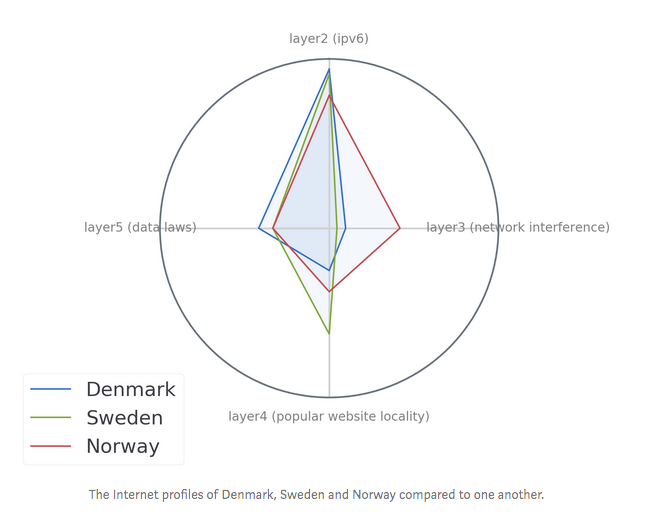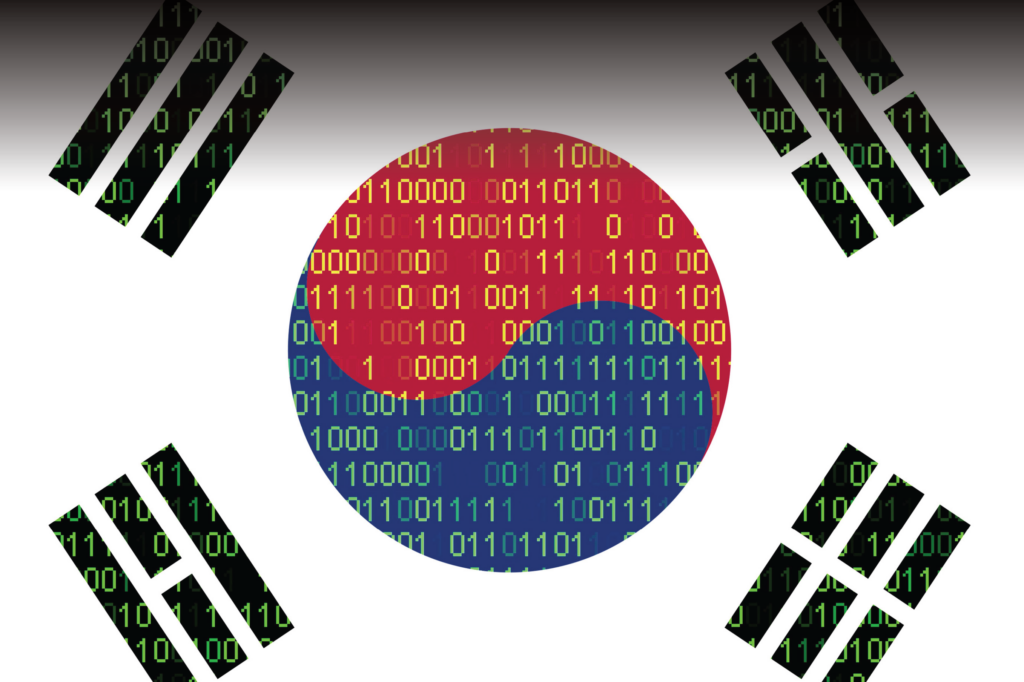**Follow our latest work on the Internet Atlas here.**
To what extent is the internet “splintering” across national borders? That hotly debated question is at the center of a new research initiative from the Daylight Security Research Lab. The “Internet Fragmentation Index” is a first-of-its kind analysis of how different countries’ internets are (or are not) similar.
“Understanding the internet’s character in different countries is key to policymakers and advocacy groups looking to understand the effects of laws and norms, and to decision-makers in industry looking to build and deploy products on a global scale,” explained Nick Merrill, Director of the Daylight Lab.

The Index is built on a dataset that measures internet fragmentation through proxy measures based on different “layers.” For example, they analyzed 66 different countries’ laws regulating the flow, storage or production of data; they analyzed which websites are most commonly used in different countries; and they assessed the relative levels of network interference in different countries, resulting from state-launched attacks or private-sector throttling of streaming traffic.
Merrill and his fellow researchers used these measures to develop “radar plots” and generate rough profiles for different countries. Their analysis revealed that the Internet is not, in fact, “bi-polar,” with either open or closed internets, as is often assumed. Rather, countries have distinct profiles that are similar (and dissimilar) in surprising ways, with “different” countries sharing unexpected similarities.
“The Internet is multi-polar, with different Internet governance decisions producing diverse types of fragmentation,” Merrill wrote. “Our profiles allow us to view the shape of ‘internet fragmentation’ in a more nuanced way. Through this view, Internet differences across national borders become more specific and actionable. Our data could provide industry stakeholders with a roadmap for moving from one market to another…. In future work, we hope to create point-to-point comparisons of countries, producing clusters of Internets that are interoperable with one another.”




